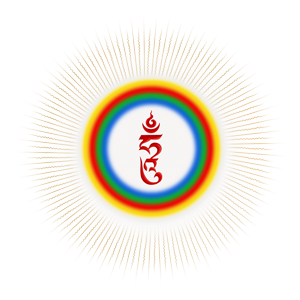
WHO IS NAMKHA RINPOCHE?
Rigdzin Namkha Gyatso Rinpoche -also known as Namkha Rinpoche- was born in Tibet in 1967, in the province of Kham, in a family with a yogic lineage going back eighteen generations.
His father -Thupten Sherab- and his mother -Dawa Sherab- gave him the name Drupa Tharchin. He was quickly recognised as a tulku (the reincarnation of a spiritual master), and so received the traditional education destined to such beings.
Namkha Rinpoche has received teachings from some of the most eminent Tibetan lamas (spiritual masters) of the 20th century. He is now the holder of two lineages: the Longchen Nyingthik « Heart Essence of the Vast Expanse », and the Dudjom Tersar « New Treasures of Dudjom ».
EARLY YEARS
Throughout his youth in Tibet, Namkha Rinpoche received a huge number of teachings and initiations from lamas of all four schools of Tibetan Buddhism -Nyingma, Kagyu, Shakya and Gelug.
From his earliest age, Namkha Rinpoche had to take part in his father’s early morning practices. From him, he learnt the kind of orally transmitted Buddhism which isn’t practiced in prestigious monasteries, but in isolated valleys and solitary caves.
In particular, he received the Longchen Nyingthik lineage from his own father, who happened to be separated from Dza Patrul Rinpoche by one master solely. Dza Patrul Rinpoche is the author of Words of my Perfect Teacher, and was one of the most eminent holder of the Longchen Nyingthik. He was an example of humility, and lived as a true wandering yogi. Namkha Rinpoche was born and grew up a short walk away from Patrul Rinpoche’s hermitage.
MEETING HIS ROOT LAMAS
In his early teens, Namkha Rinpoche left his province to go to Lhasa, Tibet’s capital. Close to there, in the region of Kongpo, he met those who would become his root lamas: Semo Dechen Yudrön (Dudjom Rinpoche’s daughter), and her husband Chönyi Rinpoche. They received him as the spiritual son they were expecting.
Namkha Rinpoche studied, trained, and lived by their side for six years, serving as their close attendant. Under their guidance, he completed the traditional three-year retreat. From them, he received the entire transmission of the Dudjom Tersar lineage, the essence of which he could practice and realise thanks to his extremely close connection to, and devotion for them.
SOLITARY PRACTICE & RETREATS
Later on, Namkha Rinpoche studied for four years in Dzogchen monastery Sher Sang Ha, in Kham. He then attended the Namdhun Buddhist school in Beijing, China, for another years. The school was founded by the 10th Panchen Lama, from whom Rinpoche received many teachings.
Namkha Rinpoche then decides to practice alone. He leaves Lhasa to embark on a long pilgrimage that took him all the way to Mount Kailash and the border of Bhutan, over the course of seven years. Along the way, he stops in numerous sacred sites blessed by sublime masters of the past, such as Milarepa. He accomplishes a number of short and longer retreats, including two retreats at Samye -the heart place of Guru Rinpoche- one lasting two years, the other six months.
On once occasion, Namkha Rinpoche decides to stay in retreat for a year on a tiny island in the middle of the lake of Namtso Chukmo, so immense it would take pilgrims over a month to go around. This lake is the sacred site of Dorje Kundragma, one of Tibet’s twelve local protector (Team chu-nyi). When the wind stops to blow and the surface of the lake is still, one can clearly see the marks of Guru Rinpoche’s hands.
In the wintertime, the surface of the lake freezes so that one can reach the island by foot. In the summertime, shore is inaccessible until the water freezes again the following winter. Namkha Rinpoche brings with him just enough tsampa (roasted barley flour) to stay in retreat for a year, but spontaneously decides to stay for another year in spite of the very little food he had. After his retreat, Rinpoche gathered around 48 monks and nuns who were his close disciples, and together they prostrated around the lake during eight months.


TRAK NGAG LINGPA TULKU & LEAVING TIBET
Renowned Dzogchen master Dilgo Khyentse Rinpoche (1910-1991), the successor of Kyabje Dudjom Rinpoche as head of the Nyingma school, visited Tibet three times. During his last visit, Namkha Rinpoche had the chance to meet him. On this occasion, Dilgo Khyentse Rinpoche recognized him as the twelfth reincarnation of the terton (a revealer of spiritual treasures hidden by Guru Rinpoche and Yeshe Tsogyal) Rigdzin Trak Ngak Lingpa. He thereby officially confirmed the rumours that had been circulating in several neighbouring monasteries, and gave him his name Rigdzin Namkha Gyatso.
Settled nearby Lhasa after his pilgrimage, Namkha Rinpoche teaches the Dharma on a relatively large scale. His flourishing activities, combined with his unconditional and public support to the Dalai Lama, lead him to be persecuted by the hostile Chinese authorities. He is thrown into prison three times, until being forced to escape Tibet in 1998. Namkha Rinpoche crosses over to India and then Nepal, where he will meet the Western students who will invite him to Lithuania, and later to Switzerland where he has been residing with his family since 2002. His arrival in the West also mark the beginning of the Rigdzin Community.
RECOGNITION AS DOMANG YESHE DORJE TULKU
In 1999, thanks to the kindness of His Holiness the Dalai Lama, Namkha Rinpoche can take part in the great Monlam Chenmo in Both Gaya. Present there is Domang Yangthang Rinpoche, one of the highest lamas of the Nyingma tradition, and the root lama of Drubwang Penor Rinpoche as well as Namkha Rinpoche’s own father who was slowly passing away. Thubten Sherab had asked his son to go and meet Domang Yangthang Rinpoche in order to tell him that he was dying, as it would put his mind at ease when the time came.
Domang Yangthang Rinpoche was delighted to meet Namkha Rinpoche, and asked if he had already been recognised as a tulku. When Namkha Rinpoche recounted the story of his encounter with Dilgo Khyentse Rinpoche, Yangthang Rinpoche folded his hands in a gesture of thanks. He also immediately added that even though what the latter had said was certainly true, he himself had also had an extraordinary dream the previous night in which he clearly saw that Namkha Rinpoche was also the reincarnation of a tulku from his own lineage. Namely, the great lama Domang Yeshe Dorje, who was the root lama of both Domang Yangthang Rinpoche and Drubwang Penor Rinpoche. He concluded by explaining that all Buddhas are one within the expanse of primordial wisdom.
Later on, Yangthang Rinpoche informed Penor Rinpoche, who had become the head of the Nyingma school, of this news. Penor Rinpoche confirmed the recognition in a letter bearing his signature and stamp. Namkha Rinpoche himself then had numerous positive indications, such as dreams and other signs.

